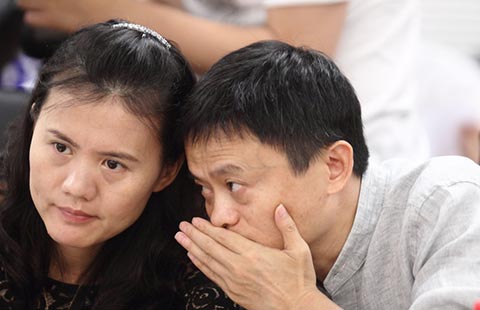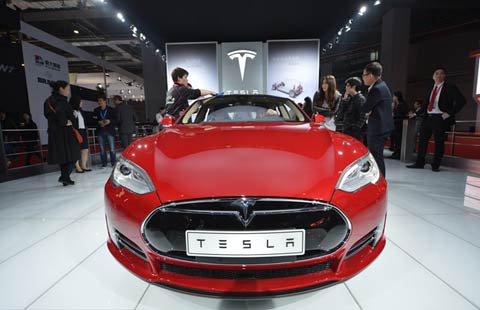Infrastructure contractors find fertile fields in developing nations
By Zhong Nan (China Daily) Updated: 2015-04-23 08:25In the latest one of a series on the 'new normal' economy, Zhong Nan reports that more domestic companies have plans for overseas expansion. Service and infrastructure project companies will be major players in China's growing outbound direct investment this year, especially when it comes to Africa and Southeast Asia, as they seek fresh markets and takeover targets that will help them restructure.
These companies are responding to "pull" and "push" factors in their quest for overseas assets.
Long Guoqiang, deputy director at the Development Research Center of the State Council, said that the persistent drag of the global financial crisis on the European and United States economies has helped create an "ideal external investment environment", especially in the emerging markets.
Companies and resources are relatively cheap in many countries, and because of the lingering impact of the global downturn, many Western investors lack the cash to take advantage of buying opportunities.
That is the "pull" factor, and it helps explain why Chinese investors channeled capital into 6,128 overseas enterprises in 156 countries in 2014, with ODI rising 14.1 percent to $102.89 billion, according to the Ministry of Commerce.
The "push" factor is a domestic environment of loosening policy, government encouragement to "go global", abundant cash reserves and a growing private sector. Chinese companies are ready and willing to pursue overseas expansion via outbound mergers and acquisitions.
"We've found that an increasing number of foreign companies in both developing and developed markets are ready to accept Chinese investment or work with Chinese companies," said Long.
China's ODI will post further growth this year. Non-financial ODI is forecast to grow about 10 percent to $113 billion, the National Development and Reform Commission said in March.
Non-financial ODI surged 29.6 percent year-on-year to $25.79 billion in the first three months of this year, with the Association of Southeast Asian Nations, Australia, Russia and the European Unionas the top destinations.
Shenyang-based Northern Heavy Industries Group Co plans to build another cement factory in a West African country over the next three years. It already has a cement plant in Ethiopia, and it has delivered mine loaders to Tanzania and concrete and power plant equipment to Angola over past eight years.
NHI President Geng Hongchen said that African markets are "more flexible" when it comes to business practices and industrial development compared with Southeast Asia or Latin America.
"Chinese service and infrastructure companies usually need to spend time determining what kind of building materials or heavy machinery African governments urgently need, or which industry to treat as a priority. Then it's easy to complete the paperwork and get down to business," said Geng.
Restrained by weak industrial and logistics foundations in sub-Saharan Africa, many African and foreign construction contractors have to cope with local cement that costs too much and is often in short supply. That makes it hard to complete projects on time. Delays caused by sub-standard port facilities and bureaucracy, and delayed shipments from Asia, Europe and North Africa, make matters worse.
"It appears we have found a new growth area in Africa's cement industry, and investing in this sector will be one of our focuses this decade," said Geng.
The company began building a cement plant in 2013 for Habesha Cement Share Co, an Ethiopian government-owned company, at a site west of the capital of Addis Ababa.
NHI helped train more than 310 local workers to manage, operate and maintain the plant. There are now 450 workers on site, of whom 70 are Chinese, and annual production capacity is expected to reach 1.4 million metric tons by the end of this year. NHI now has sales and manufacturing facilities in 13 countries in Africa.
CCDI Group, a Beijing-based architectural firm, worked on the design of the venues for the All-Africa Games in Brazzaville, the capital of the Republic of Congo, which are to be held in September.
The games are much bigger than in 1965, when the country hosted 30 nations and 2,500 athletes at what were then called the Pan-African Games.
- Shares levitate on torrent of cash as investors ignore risks
- Top 10 richest tycoons of Chinese origin
- Tesco suffers biggest loss in 96-year history
- 'Crucial year' for nuclear energy sector
- Major foreign players to enter clearing market for bank cards
- Bespoke Bentley SUV to make Chinese market debut
- Zhongwang Q1 net profit rises 15.9%
- Kunming airport to adopt new baggage check-in policy

















